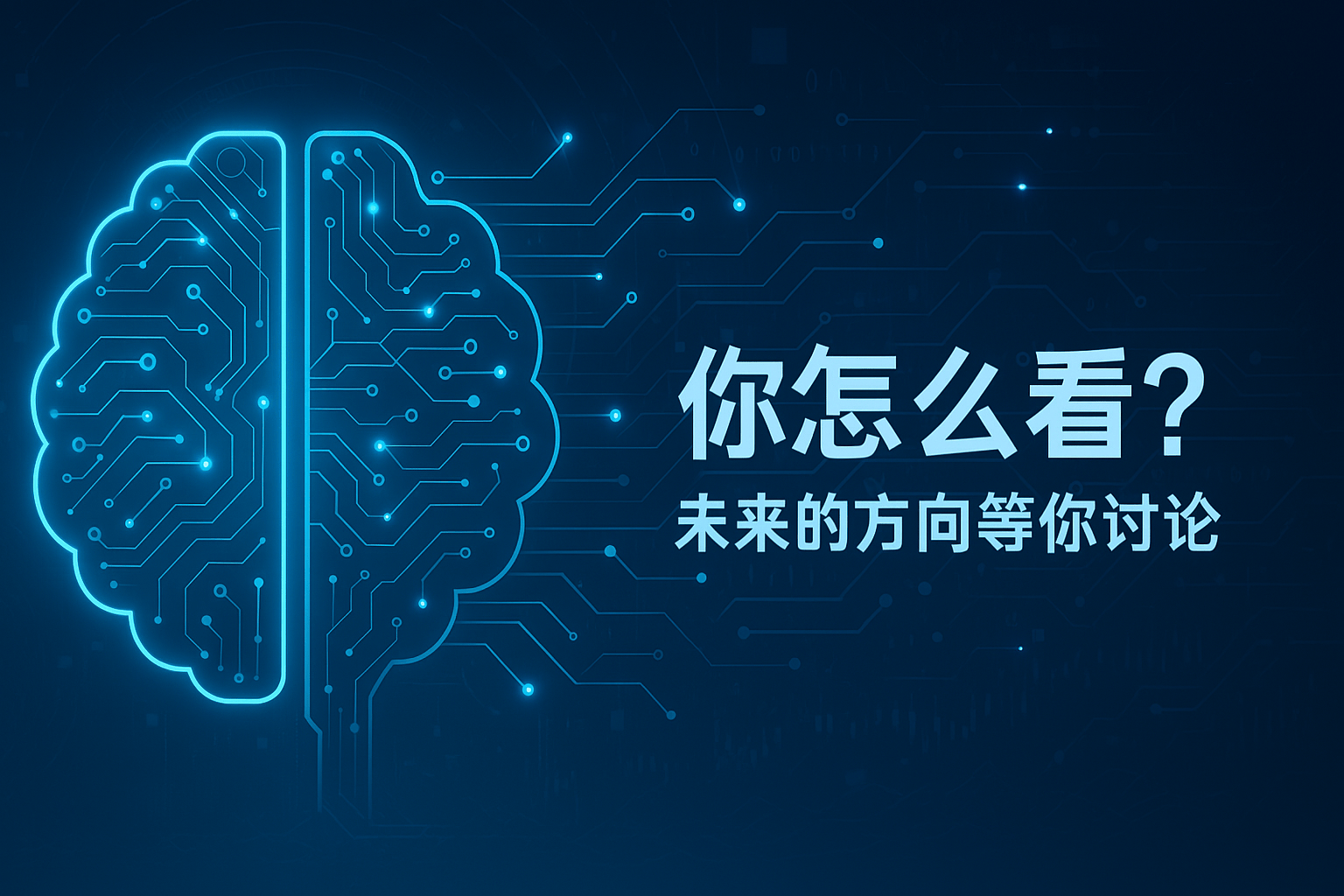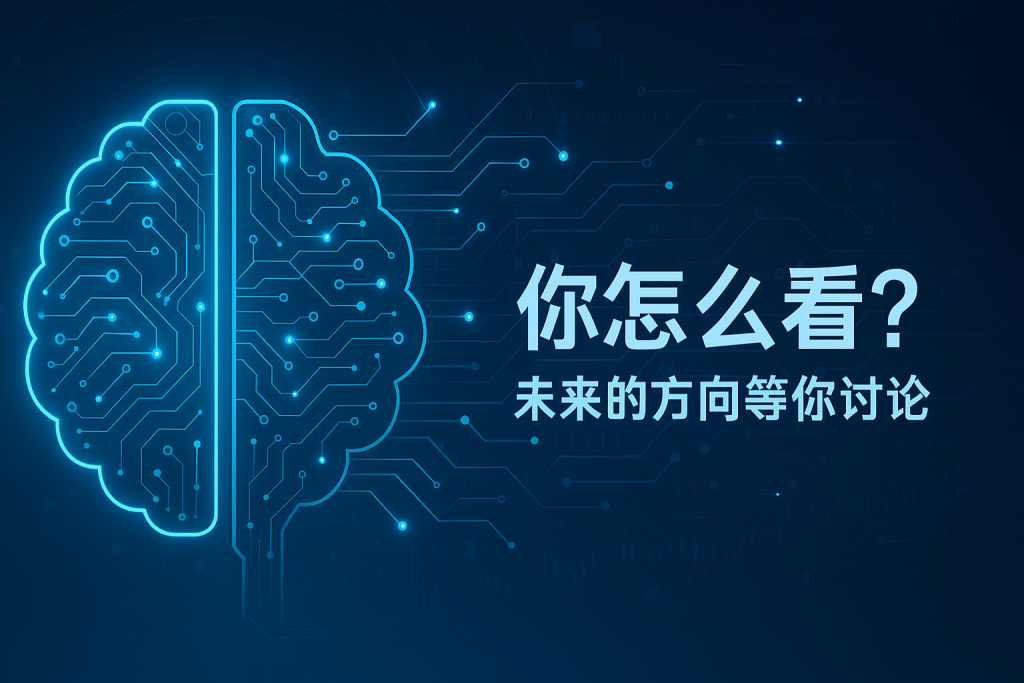At the WAVESummit2025 Deep Learning Developer Conference, the China Science and Technology Museum and Baidu jointly announced the launch of the “Intelligent Body Matrix of the Science Museum” and the initiation of the “Wings of the Future Science Popularization Co-Creation Program,” marking a new phase in AI-driven science popularization services. This collaboration not only integrates resources from 27 provincial science and technology museums across the country but also signifies the deep application and innovation of artificial intelligence in the field of science popularization.
Opening a New Era of Intelligent Science Popularization: The Construction of the Intelligent Body Matrix of the Science Museum
The core of the “Intelligent Body Matrix of the Science Museum” lies in the application of multimodal interaction technology. Through features such as image and text recognition, voice Q&A, and AI travel diary generation, visitors can more easily obtain in-depth analyses of exhibits, generate personalized check-in images, and use AI tools to plan their visit routes. This platform has already incubated several distinctive intelligent bodies, such as the AI travel diary tool, the Science Open Door intelligent body, and the Bridge Knowledge intelligent body. The application of these intelligent bodies has transformed the science popularization model from one-way communication to two-way interaction, greatly enhancing the fun of visits and learning efficiency.
Empowered by AI, Co-Creating a New Ecosystem for Science Popularization
The “Wings of the Future Science Popularization Co-Creation Program” aims to build a more inspiring science popularization ecosystem. Wu Tian, Vice President of Baidu Group, stated that through deep cooperation with the science museum and the Wenxin large model, they will create more convenient knowledge acquisition channels for young people. This program encourages science popularization venues to open data resources and application scenarios, with Baidu collaborating with ecological partners to provide AI tools and technical support. In practical applications in Nanchang, Harbin, Wuhan, and other locations, students have utilized AI technology to develop science popularization projects covering fields such as geology, biology, and health, including a knowledge query tool based on a 366-day technology event database and an interactive learning system using “AI + 3D virtual earth model.” These cases fully demonstrate the enormous potential of artificial intelligence in the field of science popularization and provide new ideas for future educational innovation.
Deepening Cooperation to Promote the Development of Science Popularization
This collaboration is not coincidental. As early as November 2024, the two parties launched the first intelligent body of the science museum, “Fat Science,” which served over 70,000 visitors through exhibit explanations and intelligent guidance. The upgrade of this collaboration will further promote the scaling and opening of the science popularization cause. Baidu will continue to invest technological resources and explore more possibilities for AI in the field of science popularization together with the science museum, providing the public with higher quality and more intelligent science popularization services.
Open Reflection:
The application of AI technology in the field of science popularization not only enhances the public’s scientific literacy but also brings innovation to educational models. What future applications of AI in the field of science popularization do you think are worth looking forward to?
 返回搜狐,查看更多
返回搜狐,查看更多
平台声明:该文观点仅代表作者本人,搜狐号系信息发布平台,搜狐仅提供信息存储空间服务。

